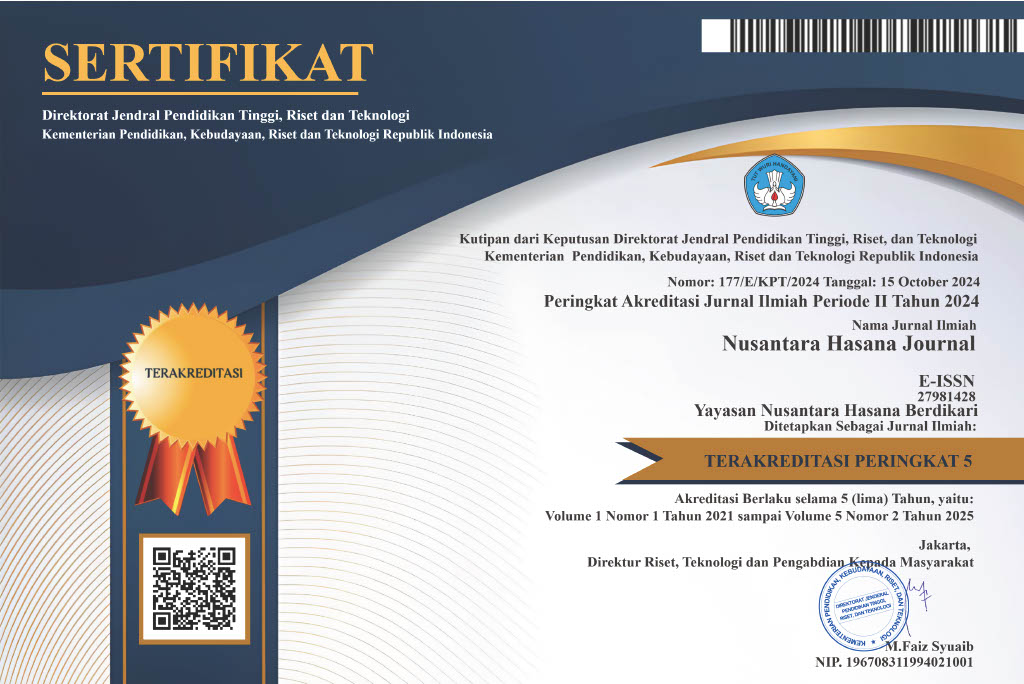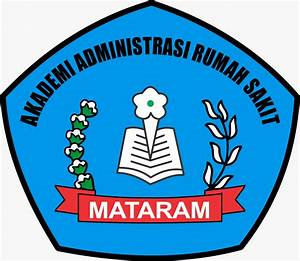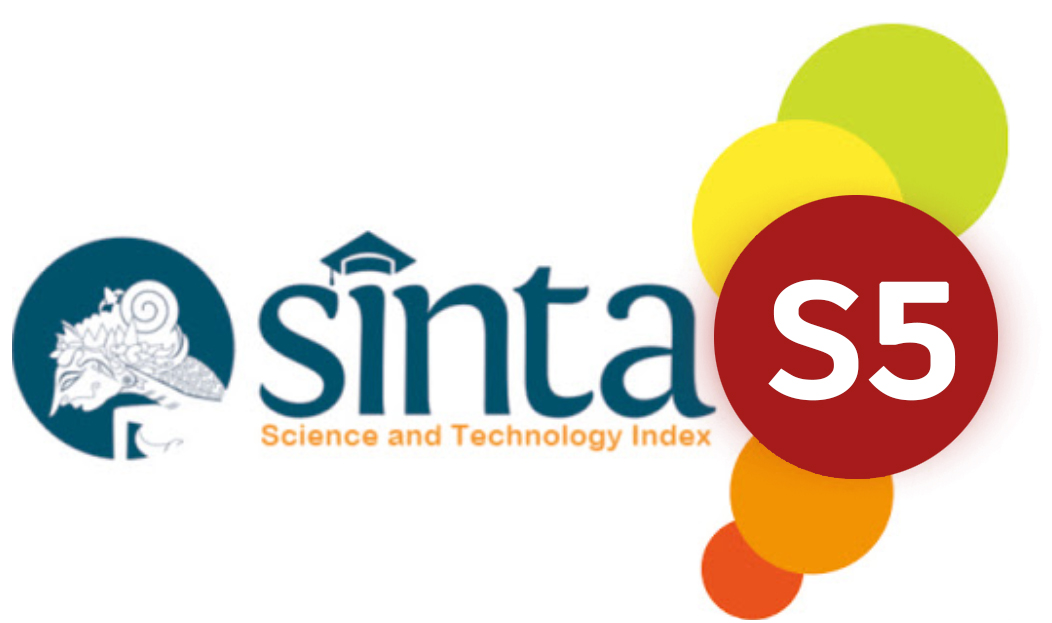RETENSI PEMAHAMAN ANATOMI MAHASISWA ANGKATAN 2023 FAKULTAS KEDOKTERAN BAITURRAHMAH TERHADAP OPTIMALISASI ANATOMAGE TABLE DALAM CAPAIAN KOGNITIF
DOI:
https://doi.org/10.59003/nhj.v5i2.1553Keywords:
Anatomage Table, anatomy learning, medical education, pre-test post-test, knowledge retention, three-dimensional visualizationAbstract
Anatomy comprehension is a fundamental component in medical education. Alongside technological developments, innovative learning tools such as the Anatomage Table have been introduced to enhance anatomical visualization skills. This study aimed to evaluate the effectiveness of Anatomage Table compared to conventional methods in improving students' anatomical understanding. This quantitative comparative study involved 64 medical students at the Faculty of Medicine, Universitas Baiturrahmah. Participants were divided into two groups: the Anatomage Table group and the conventional learning group. Pre-test and post-test assessments were used, and data were analyzed using paired t-test and independent t-test. Both groups showed significant improvements in post-test scores (p < 0.001). The Anatomage Table group had a higher mean increase; however, the difference between groups was not statistically significant (p = 0.348). The Anatomage Table effectively improves students' understanding of anatomy but does not show significant superiority over conventional methods. A blended approach may provide optimal educational outcomes.
Downloads
References
Bustamam N, Purwaningastuti DA. The usage of Anatomage and plastination in anatomy learning: student perceptions and learning outcomes. J Pendidik Kedokt Indones. 2021;10(2):105–16.
Raja B, Chandra A, Azam M, Das S, Agarwal A. Anatomage the virtual dissection tool and its uses: a narrative review. J Postgrad Med. 2022;68(3):156–61.
Kavvadia EM, Katsoula I, Angelis S, Filippou D. The Anatomage table: a promising alternative in anatomy education. Cureus. 2023;15(8):1–9.
Alasmari WA. Medical students feedback of applying the virtual dissection table (Anatomage) in learning anatomy: a cross-sectional descriptive study. Adv Med Educ Pract. 2021;12(1):1303–7.
Said Ahmed MAA. Use of the Anatomage virtual table in medical education and as a diagnostic tool: an integrative review. Cureus. 2023;15(3):1–10.
Kumar Anand M, Singel TC. A comparative study of learning with “Anatomage” virtual dissection table versus traditional dissection method in neuroanatomy. Indian J Clin Anat Physiol. 2017;4(2):177–80.
Demak IPK, Sari P, Tandirerung FJ. Perbedaan tingkat pemahaman dalam pembelajaran anatomi yang menggunakan preparat basah (kadaver) dengan preparat kering pada mahasiswa kedokteran Universitas Tadulako. J Kesehat Tadulako. 2018;4(3):1–78.
Kurniasari VA, Hastami Y, Munawaroh S. The effectiveness of cadavers compared with mannequins on understanding anatomy of the nervous system of medical students. Ahmad Dahlan Med J. 2022;3(1):1–5.
Putra WT, Sudibjo, Soekanto A. Efektivitas pembelajaran anatomi menggunakan kadaver pada mahasiswa Fakultas Kedokteran Universitas Ciputra tahun 2018. PMJ Prominentia Med J. 2021;2(2):27–40.
Bharati AS, N SK, Rani VS. A study on student perception of virtual dissection table (Anatomage) at GSL Medical College, Rajahmundry. Acad Anat Int. 2018;4(2):4–7.
Martín JG, Concepción DM, Henche SA. Possibilities for the use of Anatomage (the anatomical real body size table) for teaching and learning anatomy with the students. Biomed J Sci Tech Res. 2018;4(4):4080–3.
Fyfe S, Fyfe G, Dye D, Radley-Crabb H. The Anatomage table: differences in student ratings between initial implementation and established use. Focus Health Prof Educ. 2018;19(2):41–52.
Hermanto MI, Samatowa L. Identifikasi profil retensi pengetahuan siswa melalui penerapan model pembelajaran guided context-problem based learning (GC-PBL). J Pendidik Norm. 2022;10(2):137–47.
Baratz G, Wilson-Delfosse AL, Singelyn BM, Allan KC, Rieth GE, Ratnaparkhi R, et al. Evaluating the Anatomage table compared to cadaveric dissection as a learning modality for gross anatomy. Med Sci Educ. 2019;29(2):499–506.
Afsharpour S, Gonsalves A, Hosek R, Partin E. Analysis of immediate student outcomes following a change in gross anatomy laboratory teaching methodology. J Chiropr Educ. 2018;32(2):98–106.
Wordwall.net. Wordwall [Internet]. [cited 2024 May 21]. Available from: https://wordwall.net/
Amalia AN, Suyono, Arthur R. Penyusunan instrumen penelitian: konsep, teknik, uji validitas, uji realibilitas, dan contoh instrumen penelitian. 1st ed. Supriyadi, editor. Pekalongan: PT Nasya Expanding Management (Penerbit NEM-Anggota IKAPI); 2023.
Koney NKK, Ansah AO, Asaku BNA, Ahenkorah J, Hottor BA, Adutwum-Ofosu K, et al. Anatomage virtual dissection versus traditional human body dissection in anatomy pedagogy: insights from Ghanaian medical students. BMC Med Educ. 2024;24(1):1059.
Anatomage Inc. Anatomage Table EDU 9.0 User’s Manual [Internet]. Santa Clara: Anatomage Inc; 2022. Available from: www.anatomage.com
Agustini D, Hadiwiardjo YH, Heristyorini A. Analisa perbandingan metode pembelajaran dengan hasil capaian pembelajaran praktikum anatomi dermatomuskuloskeletal mahasiswa FK UPN Veteran Jakarta. Prosiding Seminar Nasional Tarumanagara. 2021;1(1):543–8.
Denis Russa A. Teaching gross anatomy: Anatomage table as an innovative line of attack. Int J Anat Var. 2020;13(1):76–9.
Sulistiani H, Isnain AR, Rahmanto Y, Saputra VH, Lovika P, Febriansyah R, et al. Workshop teknologi metaverse sebagai media pembelajaran. J Soc Sci Technol Community Serv. 2023;4(1):74–9.
Downloads
Published
How to Cite
Issue
Section
License
Copyright (c) 2025 Insil Pendri Hariyani

This work is licensed under a Creative Commons Attribution-NonCommercial-ShareAlike 4.0 International License.
NHJ is licensed under a Creative Commons Attribution-NonCommercial-ShareAlike 4.0 International License.
Articles in this journal are Open Access articles published under the Creative Commons CC BY-NC-SA License This license permits use, distribution and reproduction in any medium for non-commercial purposes only, provided the original work and source is properly cited.
Any derivative of the original must be distributed under the same license as the original.
























